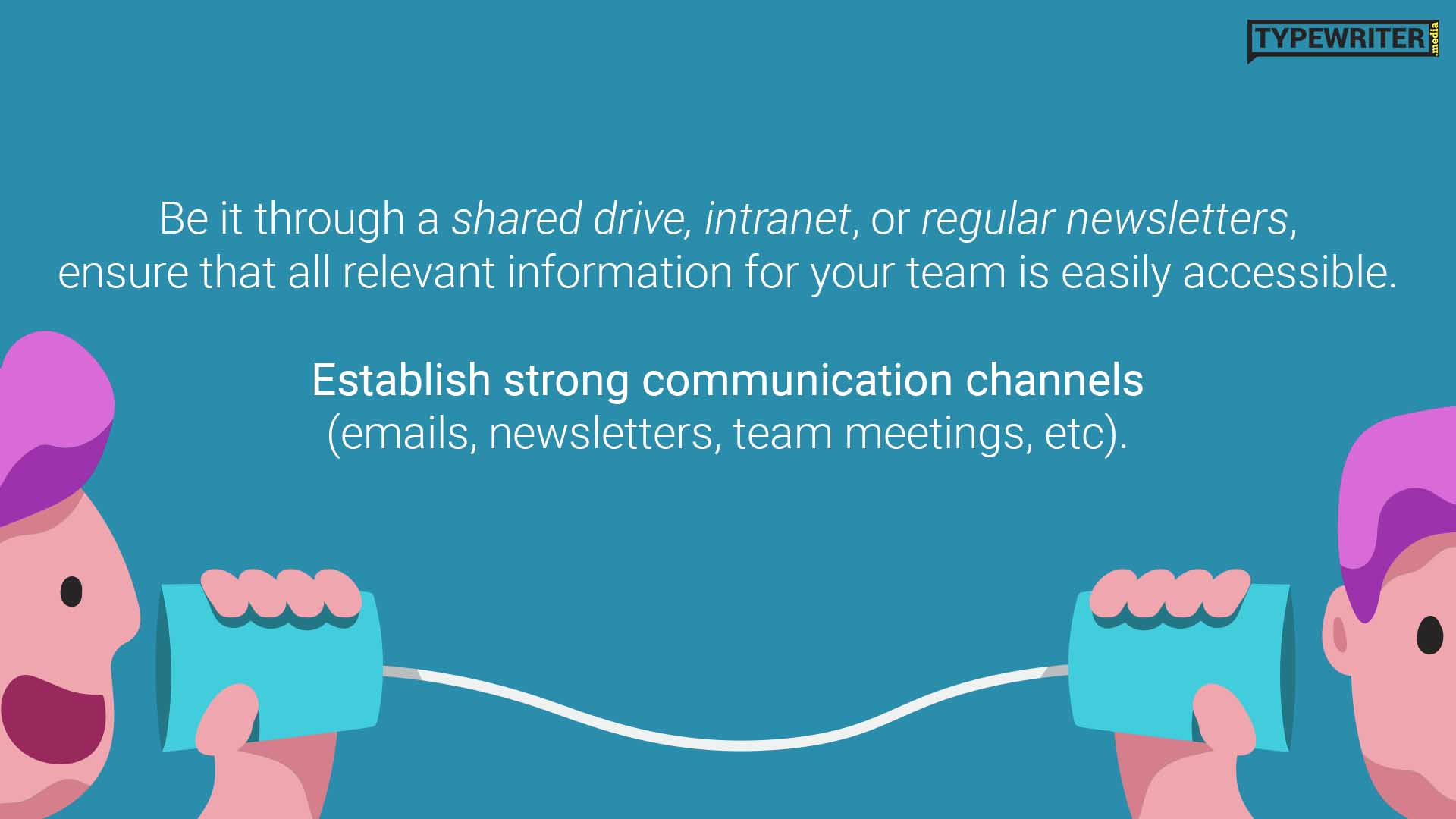A few years back when I used to run my own startup, I used to think that the lesser information I give my employees about business operations, the more control I could have over the business.
Never have I been more wrong.
You see, transparency is vital. And transparent communication is foremost when you run a business or are part of one.
All those years when I used to communicate with my employees on a need-to-know-basis, little did I know that I was setting myself up for failure. Transparency needs to be core to any company’s values. Thinking logistically in terms of open floor plans, monthly meetings, etc do not suffice.
Similar to how trust is important in personal life, it is important in the workplace too. Transparent communication builds trust. And trust nurtures a workplace environment full of inspiration, camaraderie, respect, and success.
Benefits of transparent communication
According to a survey by TinyPulse, transparency is the top factor contributing to employee happiness. Many companies still fail to understand the importance of a transparent culture. And fail to nurture such an environment in their organization.
If that doesn’t convince you, here are a few more benefits to transparent communication:
Stronger workplace culture
Being transparent in your communication showcases a leader willing to communicate honestly with their employees. This is critical to improving collaboration leading to increased advocacy and employee loyalty.
Increased employee engagement
Stronger culture helps set the stage for employee recognition and satisfaction; two key factors in increased employee engagement. Employees get to understand how their contributions and opinions make a difference in the larger scope of things. This motivates them to work harder and stay intrinsically motivated.

Improved communication
Being transparent helps set the tone and expectations in all discussions and communications. The culture becomes such that people own up to their responsibilities instead of trying to point fingers. This increased sense of self-awareness leads to better and clearer communication.
Better information flow
As a result of better communication, all types of information flow improve – verbal, documented, process-oriented, operational, external-facing, etc.
Better workplace relations
Once your employees are communicating better and more at ease working with each other, the overall culture improves. This leads to better workplace relations for all.
Increased operational efficiency
With all cogs in the wheel doing what they do best and supporting each other in attaining the common business goal, the overall efficiency of business operations is impacted positively.
No surprises
How to build a transparent culture
Establishing a transparent work culture isn’t all that difficult. All it requires is honesty and trust.
A few tips on how to get started:
Lead by example
Establish a culture of trust in your team/organization. Make sure that information flows freely and fairly. Allow people to share their views openly and hold value to their feedback.
Communicate well and genuinely
Be clear about the expectations from individual employees and from teams. Set and expect clear expectations so that no one is setup for failure.
Make your employees feel heard
Take into consideration every feedback that you receive from your employees. Perceive them with an open mind and without bias.
Trust your employees
Trust your employees to take the right decision when needed. Do not micromanage them on how to do things. Rather, convey the expected results and let them do it the way possible for them.
Make information accessible
Be it through a shared drive, intranet, or regular newsletters, ensure that all relevant information for your team is easily accessible. Establish strong communication channels (emails, newsletters, team meetings). This makes their work easier and keeps them informed about the larger picture.

Share results
Let your employees know what worked and what didn’t. It is important to share failures too because it showcases you as more genuine and truthful. And also strengthens their belief in your leadership.
Hire the right people
While this doesn’t need to be specified, always prefer genuine and truthful people over just skills.
Let the wrong people go
Even if someone is performing well, but is toxic to the work environment, it is always better to let them go. You can eliminate a lot of inhibitors to transparent communication – gossiping, politics, backstabbing, bullying, etc.
Lessen bureaucracy
One department might not know what the other team is doing or how much effort it takes from their part. And it might be difficult for one team to know the working of the other, in most organizations. Lessen the bureaucracy involved, where possible, and focus on results rather than too many processes.
Know the transparency limits
Transparency isn’t about knowing everyone’s business, it’s about making sure everyone has the information they need to do their jobs effectively. Too much transparency is also not good. Every organization would have a comfort level of transparency. Figure out what works best for you.
I invite you to join my small but awesome community. Just drop in your email below and I’ll send you awesome content every week.
Invitation vector created by rawpixel.com - www.freepik.com




How true, Vijay. I sometimes think that by over-managing the message, companies are losing their chance to create a truly inclusive team in the workplace. After all, pretty much everyone wants the company they work for to succeed and to be a fine place to work.
Thanks for your thoughts Caron. It means the world to me to have you read my writings.